Lisa Keller design of wildflowers for Kahla porcelain.
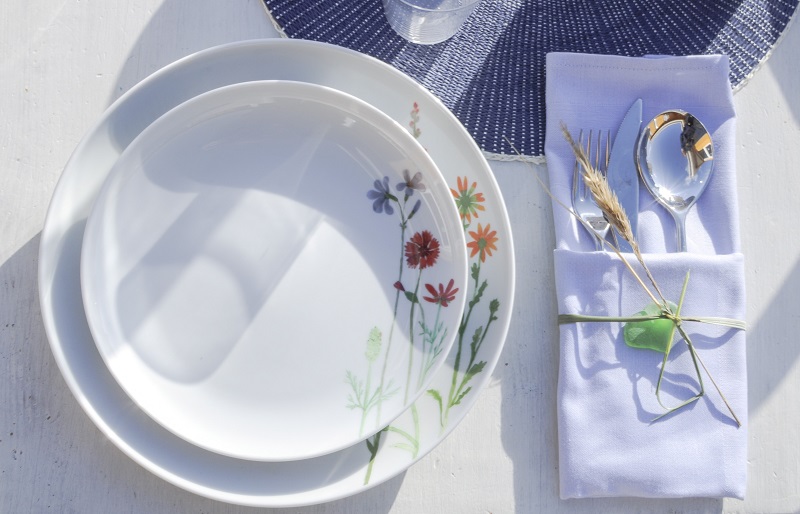
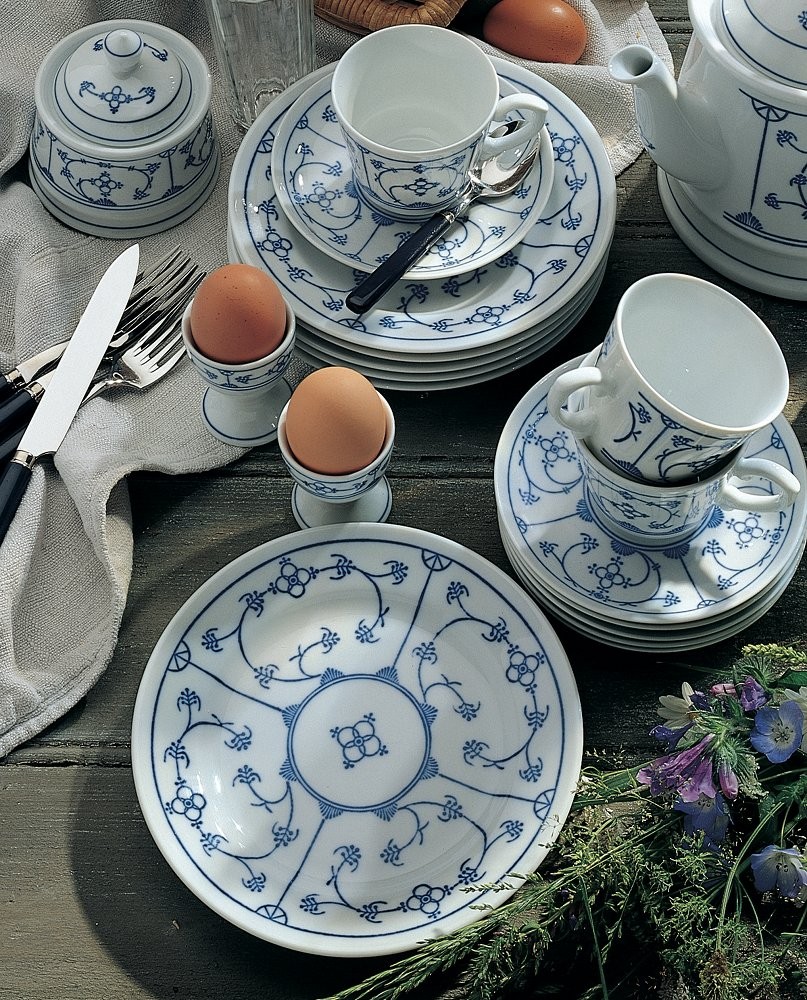
nurturing children to be inquisitive and open to the world
Lisa Keller design of wildflowers for Kahla porcelain.


Unusual and familiar features, symmetry and asymmetry, geometric and organic elements come together to form a new entity. Flowing lines invite touch. The grip of the handles is so comfortable – you do not want to let go.
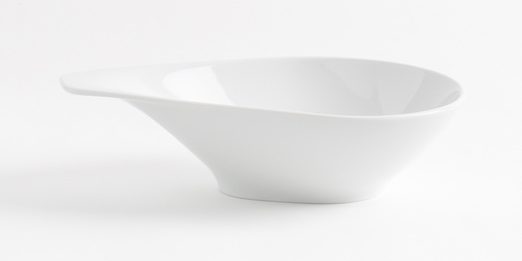
The deep and shallow ELIXYR bowls are very unusual. Their proportions are as asymmetrical as they are harmonious. The holder facilitates handling the dishes when serving and the spout pours sauces and salad dressings or is used as a resting place for the serving utensils.
Enjoy your soup, salad, pasta or dessert from this bowl – your hand will find a sure grip on the holding surface and if you like you could even eat standing up or lying down.
Designed by Barbara Schmidt, who studied design at the Burg Giebichenstein University of Art and Design in Halle and the University of Art and Design Helsinki. She has been working for KAHLA Thüringen Porzellan GmbH since 1991. She took on a leading role in the reorientation of the company. For her work she received more than 40 design awards. Since 2013, Barbara Schmidt has been Professor for Experimental Design at the Berlin Weissensee School of Art.
“For me, my work as a designer is like an imaginary dialogue: with the material, with the people involved in the realisation of my designs and with the prospective users.”
Küche Award 2007 Germany
iF Design Award China 2006 Hannover, Germany
Form 2006 Federal Arts and Crafts Associations of Germany
Good Design Award 2005 Japan
reddot award 2005 Design Center Nordrhein Westfalen
Form 2005 Federal Arts and Crafts Associations of Germany
International Design Award Baden-Württemberg 2005 Design Center Stuttgart
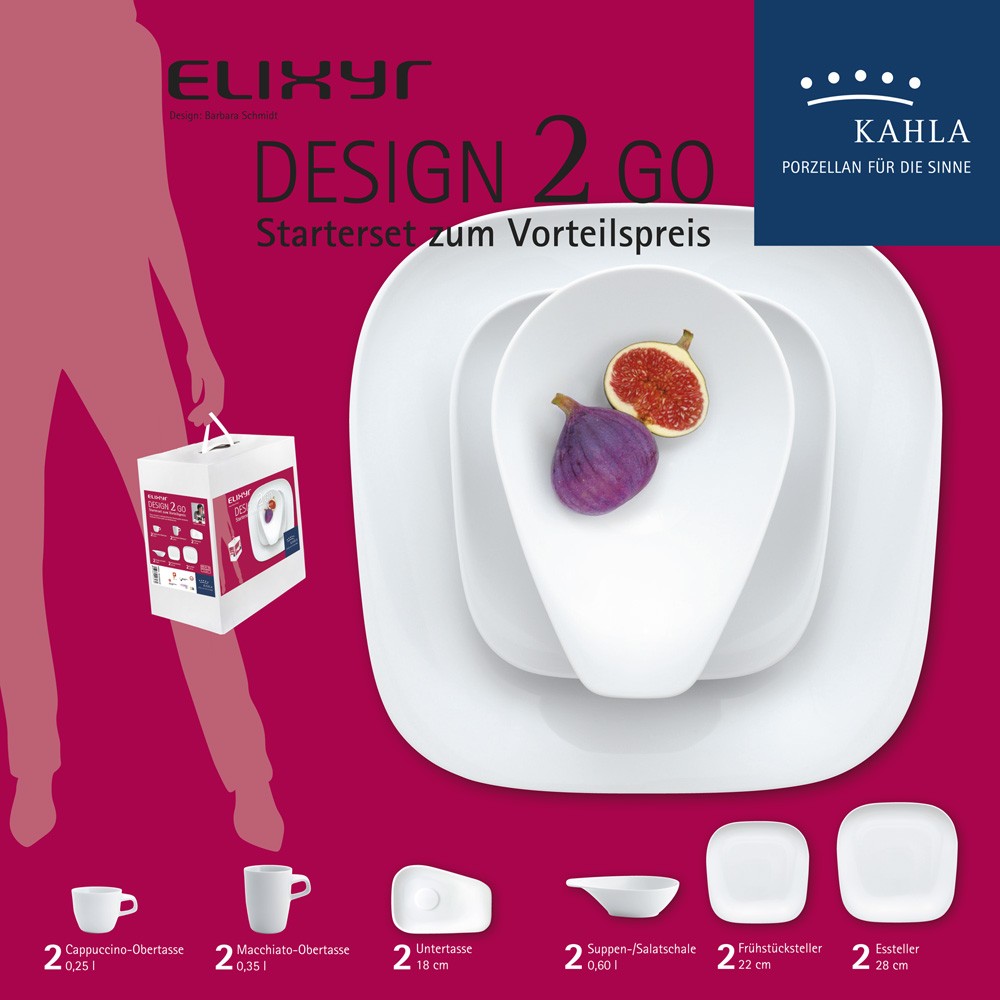
Since 1994, KAHLA Thüringen Porzellan GmbH has developed to become one of the most modern and innovative porcelain manufacturers in Europe. High performance kilns, isostatic presses, pressure casting machines for cups and time and energy saving processes contribute to KAHLA being able to offer the highest quality, the most innovative products and an outstanding design as well as value for money.
With the KAHLA pro Eco strategy, the company demonstrates a clear commitment to sustainability. A green quality seal vouches for porcelain made from natural resources and tested for harmful substances. It is made in Germany – fair and socially responsible.
Since its re-formation after the reunification, KAHLA invested around 30 million Euros in innovative production technologies to protect the environment, thus ensuring a way of production that conserves resources and reduces CO2 emissions. As part of the KAHLA pro Eco strategy, the company uses its own wells and conserves millions of litres of drinking water by treating industrial water. The company‘s own photovoltaic system generates green electricity from solar power, which is used for the production of porcelain. All production steps are carried out in Kahla, Thuringia, thus eliminating unnecessary transport and avoiding any associated emissions.
Heinrich Löffelhardt designed Form 2000 in 1954, for Arzberg. This design was conferred the coveted ‘Gold Medal’ by the international jury at the X Triennale 1954 in Milan.
To mark the 100th birthday of Heinrich Löffelhardt in 2001, the Federal Chancellery in Berlin was presented with an exclusive and specially created set of tableware and some new items.
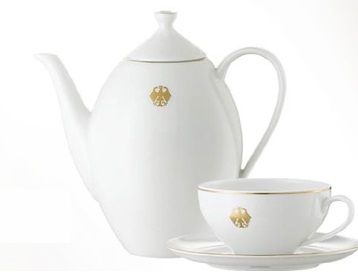
Designed in 1931 by Hermann Gretsch based on Bauhaus principles, the round and restrained forms of Arzberg Form 1382 have endured as some of the best selling porcelain in the world for 80 years.
Hermann Gretsch made his intention clear when he said “Get to the heart of things” and then created the Form 1382. Gretsch’s maxim was the reason behind the Frankish porcelain manufacturer’s rise to become an international porcelain design brand and still remains Arzberg’s guiding principle.
“We can no longer afford to bring products to the market which bring no joy to customers after even a short while because they are impractical, dated or simply not modern enough” – such were the words of Dr. Hermann Gretsch, whose Form 1382 revolutionised the world of porcelain in the early 30s.
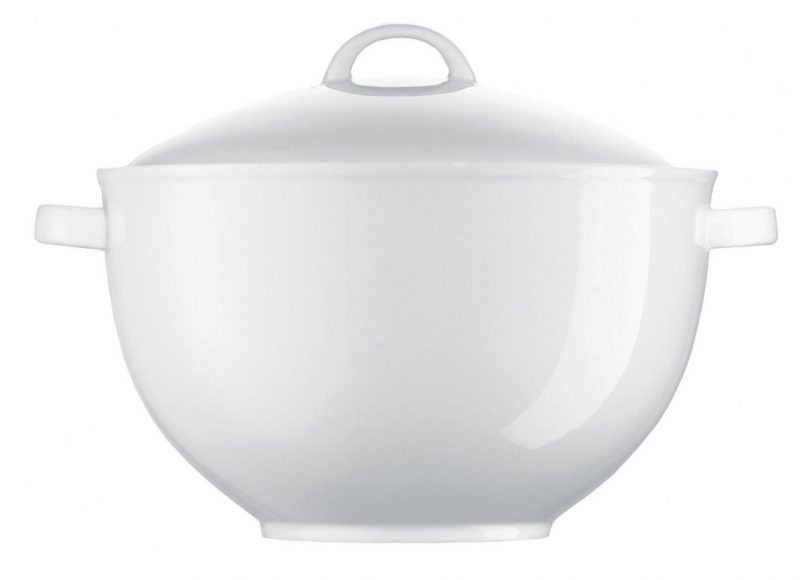
This legendary design has become one of the absolute classics of modern industrial design. It is on display at the Museum of Modern Art in New York as one of the few porcelain exhibits. Even today, the best designers design for life. Arzberg porcelain is always functional and always beautiful: it is created to eat from, to serve food and celebrate. To touch and admire. To use and enjoy.
It is hardly surprising that many designers, architects and photographers so often serve their food on Arzberg porcelain. Most creatives prefer not to burden themselves with excessive decoration. They seek authentic beauty – both in their work and in their own life. In their circles, Arzberg forms a kind of cult: “Because the brand stands for the interplay between interesting design and functionality”, as head designer Heike Philipp puts it. And porcelain expert Helmut Sättler is quite clear: “Arzberg is not just about selling porcelain. It is about history, design and quality. Porcelain is not simply an everyday item for the dinner table – it is an expression of style, indulgence and joy in setting a table.”
Founded in 1718, the Augarten Vienna Porcelain Manufactory is the second-oldest in Europe. Now as then, porcelain is made and painted by hand. This makes each piece unique.
The designs of Augarten porcelain have been created in cooperation with notable artists ever since the manufactory first opened its doors. Artists of all epochs have designed masterpieces. The “Viennese Rose” is a famous decoration from the Biedermeier period.
The Biedermeier period refers to an era in Central Europe between 1815 and 1848 during which the middle class grew and arts appealed to common sensibilities. It began with the time of the Congress of Vienna at the end of the Napoleonic Wars, and ended with the onset of the European revolutions in 1848.
After Georg Heinrich Macheleid had received the privilege to establish a porcelain manufactory in his native village Sitzendorf, the factory was relocated to the hamlet Volkstedt near Rudolstadt in 1762. The manufactory was run by a consortium of several noble men, Georg Heinrich Macheleid and Prince Johann Friedrich of Schwarzburg-Rudolstadt himself.
National Gallery of Victoria, Melbourne. Presented in memory of Mrs L. May by her family, 1988
Gallery location: 17th & 18th Century Decorative Arts & Paintings Gallery, Level 2, NGV International.